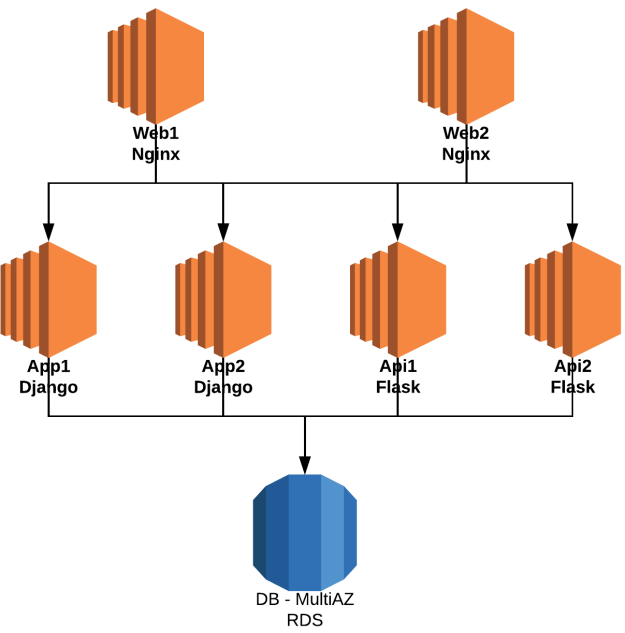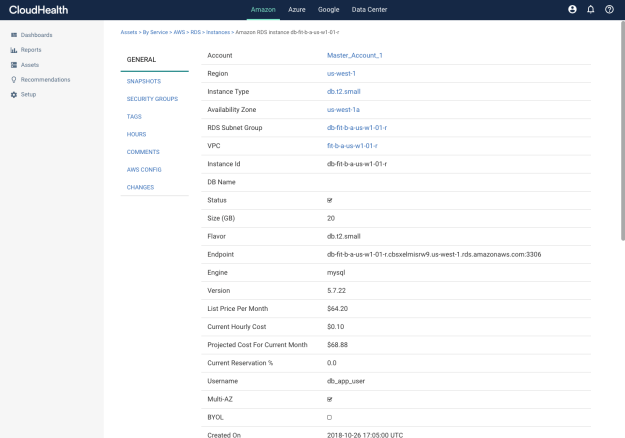To RDS or Not to RDS 2: The Search for More Money

In our last blog, we went over the FitCycle app from ACME Fitness. An imaginary company made up for the VMware Cloud Services — Cloud Technology Solutions team. We talked about the architecture of the app, and then used Cloud Health to analyze the cost difference between the EC2 / MySQL backed version, and the RDS MySQL backed app. We saw that RDS was quite a bit more expensive. One of the last things I mentioned was that this was going to be a 2-part series.
Application Re-Design
What we have done now is we re-architected the app to be a bit more “Cloud Native” in design. Before we had the two apps designed the same. 2 DB instances with an HAProxy load balancer in front. For RDS, while it is a fully functional design, this doesn’t really take advantage of native HA capabilities. For this, we have completely redesigned the DB / DBLB tier. We removed the HA Proxy VM entirely, and instead of 2 RDS instances, we have a single Multi-AZ RDS instance.
Re-Analyze Costing
Now that we’ve gone over the architectural changes, let’s take a look at what this has done to our costing. We’re going to check out pricing a different way this time. Since it is 1 instance, let’s take a look at just that instance. We’ll go to **Assets, AWS, **then **RDS Instances. **This will show us all of the RDS instances currently in our account.
From there, we will click the View (eye) next to our FitCycle DB (db-fit-b-a-us-w1–01-r). This brings up the entire asset information for our RDS instance.
Results
One thing you may notice on here is that we have several cost numbers right on the front page. We have the List Price Per Month, the Current Hourly Cost, and the Projected Cost For Current Month. This is the number that we’re going to use for the purpose of this exercise. So this shows that we are spending roughly $68.88 this month on this RDS instance.
This is a pretty substantial uptick in the cost of our DB tier. But overall, lots of factors go into cost analysis. One thing being that we removed the DBLB box. Though this is a small change, it can add up across the infrastructure. It isn’t just instances prices that can help to bring savings. Think about operational savings. You no longer have to maintain the HA Proxy EC2 instance. So this is OS, App, and Config updates you no longer have to make. Also, think about the EC2 instances for the MySQL DB’s. You have to keep up with patching on the OS, App, and Configs there as well.
There are tons of variables that come into play with this type of exercise. We can’t really tell you what is best for your business, without knowing it. Cloud Health is perfect for helping you make the best decisions you can, by providing you with the best possible information about your infrastructure. For more information, please check out https://www.cloudhealthtech.com/









